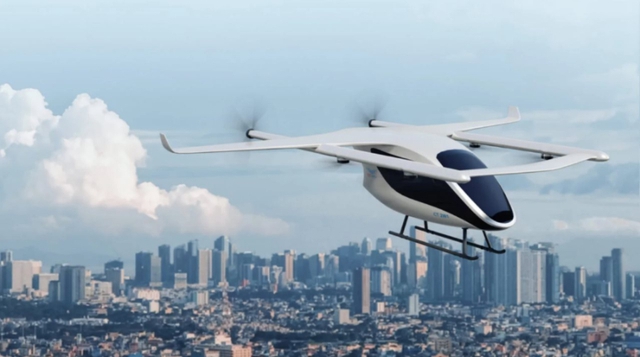Viet Nam’s low-altitude economy to hit US$10 billion by 2035
VGP - Viet Nam’s low-altitude economy could reach US$10 billion and create 1 million jobs by 2035.

The above figures were highlighted at the international forum on Viet Nam's low-altitude economy which took place in Ha Noi on November 14.
The low-altitude economy includes economic activities that take place below 1,000 meters, and can be extended to below 5,000 meters depending on each country's practical needs. It leverages both manned and unmanned aerial technologies, as well as low-altitude smart networks, to develop infrastructure, produce aerial vehicles, provide services, and ensure aviation safety.
With advantages in geopolitics, innovation-friendly policies, and a young, dynamic workforce, Viet Nam has a huge opportunity to become a regional and global hub for the low-altitude industry.
Unmanned aerial vehicles (UAVs) have been used in Viet Nam in all fields of agriculture, e-commerce logistics, smart cities, national defense and security, as well as search and rescue operations.
At the forum, delegates proposed building policies in developing a regulatory sandbox framework, expanding low-altitude airspace management infrastructure, and promoting research and production of UAV to serve socio-economic sectors. These efforts aim to open a new pathway for the country in the era of low-altitude aviation, creating a foundation for connecting resources, sharing knowledge, and accelerating the application of advanced technologies./.

